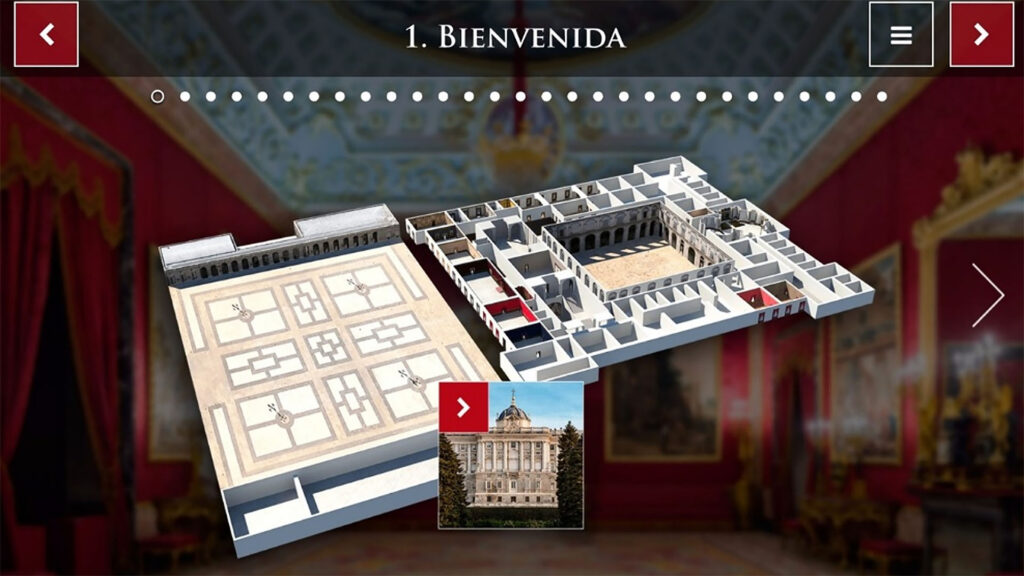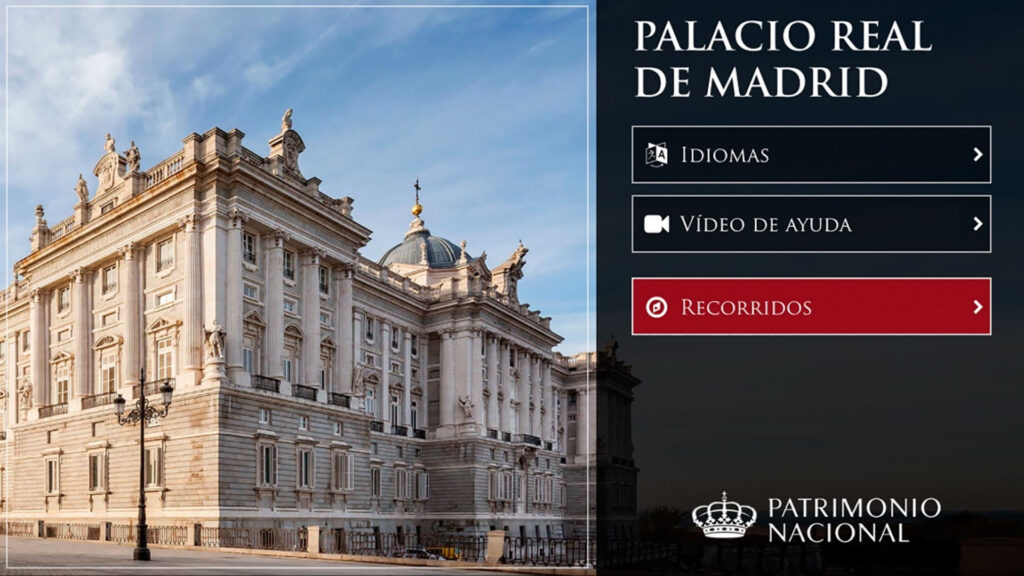The company of interactive guides for museums GVAM has signed an agreement with SITUM to incorporate our indoor location technology in its devices and APPs, improving navigation, information, and assistance to visitors whatever their needs are.
From audio guides to smartphones
GVAM‘s intelligent audio guides are not simply an extra that museums, monuments, or exhibition centres offer to expand the information about the exhibition on display. These devices also provide access to culture and bring it closer to all those who, for different reasons, need extra support.
As opposed to what we were used to until now, GVAM’s smart devices and apps allow for much more information. Also, the software allows for immediate updates and many more options for interaction and adaptability for people with disabilities, according to their interests, etc.
In addition to these advantages, Covid-19 has highlighted its suitability as a hygiene and health measure. Since everyone has their own smartphone, users do not have to share any device.
GVAM, leader in virtual guides

In 2008 GVAM (Accessible Virtual Guides for Museums) was born, a company dedicated to developing technologies so that everyone can visit museums on equal opportunities in terms of information accessibility. In this way, smartphones and tablets become interactive and intelligent guides with constantly updated content accessible in different formats.
GVAM leads the multimedia audio guide sector in Spain with projects in some of the most important museums in the country. Currently, the company manages more than 3000 tablets, 5000 mobile devices and more than 2 million direct users per year.
Being a leading company in the sector motivates GVAM to continuously improve its approach. That is why it has detected a great opportunity in indoor geolocation for museums. Jaime Solano, GVAM’s founder and CEO, states that:
“Geolocation through beacons offers great potential for museums. Its value lies not only in showing visitors their position and helping them move around the museum, but it can be the key to understanding how visitors interact in these spaces and offering them contextualized services and experiences.”
GVAM and Situm: indoor geolocation for a unique and personalized visitor experience
Indoor geolocation for museums offers features that enhance the cultural visitor’s experience:
- Guidance and navigation systems. As if it were a GPS, this technology, based on Situm’s indoor location and adapted by GVAM to its APPs, shows the path to follow to reach a specific area of the exhibition, a room, the services, the gift store, or the alternative routes that people with reduced mobility need to get around.

Being familiar with using our phone’s GPS to find a street or a subway stop, why not do the same to get to that room in the museum? Or to locate an assistance point on another floor, on the other side of the building? Thanks to indoor positioning, this is now possible.
- Geolocated notifications. This type of notification gets triggered in specific places where the visitor using the interactive guide is passing by. It allows us to send them the information they may be interested in, either because of the preferences they have established or because it is relevant or related to where they are. In this way, we eliminate the overload of notifications that are not of interest to focus on those that are.
- The added value of analytics. Deploying Situm’s indoor geolocation also opens the door to more knowledge of the space. It is not only about guiding visitors through the facilities. It is important to also know how they use them. This way it is easier to fine-tune the staff’s organization, audit the use of the different rooms, etc.
Jaime Solano highlights the value that indoor geolocation for museums:
“This is a technology that goes far beyond visitor guidance. On the one hand, it allows greater accessibility to all types of audiences, including people with functional diversity. On the other hand, it allows absolute control over the visitor’s location without using their personal data. How long the visitor has been there, what route they have taken, what works or pieces they have seen and for how long are some of the data that can be easily obtained thanks to this technology. This is also achieved with a precision that is impossible with other technologies that GVAM has tested and allows the museum staff to have very valuable information about visitors, and to manage the museum in a much more efficient way: avoiding crowds, managing capacity, more valuable information adapted to each profile, etc., all to improve the museum experience.”
First success case: The Royal Palace of Madrid

Besides being one of the main tourist attractions of the Spanish capital, the Royal Palace of Madrid has a valuable art collection. It is the largest active palace in Western Europe and one of the largest worldwide. 2 million visitors pass through it every year.
In this case, according to the founder of GVAM:
“The system allows us to provide our audio guides with location information on the map of the Palace, as well as other functions such as automatic detection of the nearest content and support for children’s games. The deployment of the beacon geolocation system was carried out in close collaboration with the monument’s managers to ensure that the more than 30 beacons spread over the nearly 10,000 square meters of the Palace were never visible and reached a minimum resolution of 2 to 5 m depending on the rooms.”

Not to mention the added difficulty of combining indoor and outdoor spaces:
“Thanks to the close collaboration between the companies, it was possible to adapt SITUM’s positioning libraries to our visitor APPs to make the most of the network of installed beacons, as well as in the statistics dashboards that our system has. The accuracy obtained is as high as possible, as is the system’s versatility.”
